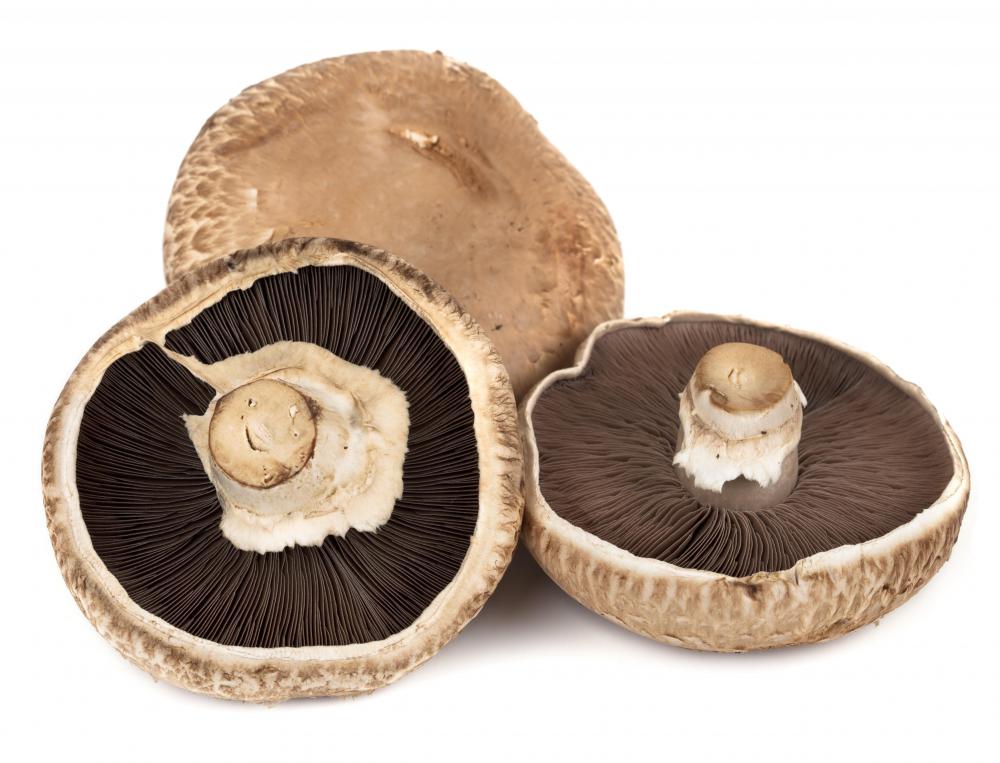At WiseGEEK, we're committed to delivering accurate, trustworthy information. Our expert-authored content is rigorously fact-checked and sourced from credible authorities. Discover how we uphold the highest standards in providing you with reliable knowledge.
What Is Ba-Wan?
More than just a meatball, the Taiwanese street food known as ba-wan, or rou-yuan in Mandarin, is a rather straightforward culinary treat. Though the translation is roughly "lump of meat" or "circle of meat," it is more of a thick pork stew trapped inside a coagulated dumpling made of rice flour and a few special starches. One of Taiwan's most ubiquitous foods, these circles of meat are typically steamed or fried, then doused in a sweet-and-salty gravy on the plate.
According to the government of Taiwan's official Web site, devoted to the country's most famous recipes, ba-wan is often referred to as Changhua rou-yuan, referring to the Changhua region of the country. This is where many believe the dish was first made. Though it is unclear for how long it has been made as street food, some estimates put the dish at about four centuries old.

The ground or shredded pork bits that form the inner parts of the ba-wan are hardly alone. Mushrooms are a regular part of this recipe too, as are chopped bamboo, onion and garlic — all sauteed until it could be eaten alone as a stew. Many chefs also use tiny, dried shrimp in the medley, which all end up swimming in a sauce made with soy, wine, sugar, salt, pepper and oil.
The distinctive dough is made with a combination of rice flour, potato starch and sweet potato starch. After the dough is formed, it is smeared into the bottom of a small bowl, then the filling is heaped on, topped by a coating of more dough that is sealed around the edges of the bowl. These typically undergo a steam bath at this point, which results in a gelatinous textures still firm enough to seal the filling securely inside. A common variety is to pan or stir-fry the dumplings in oil, resulting a crispy hand-held snack.
Though ba-wan could satisfy the palette without it, a final gravy is often part of the package. It is not the most complex of sauces, combining some of the filling sauce with miso, ketchup and sugar. This is then thickened by adding water and flour. After the ba-wan hits the plate, this gravy is ladled over the top. Before service, many chefs will garnish the plate with herbs like cilantro and parsley to heighten the freshness, acidity and color.
AS FEATURED ON:
AS FEATURED ON:











Discuss this Article
Post your comments